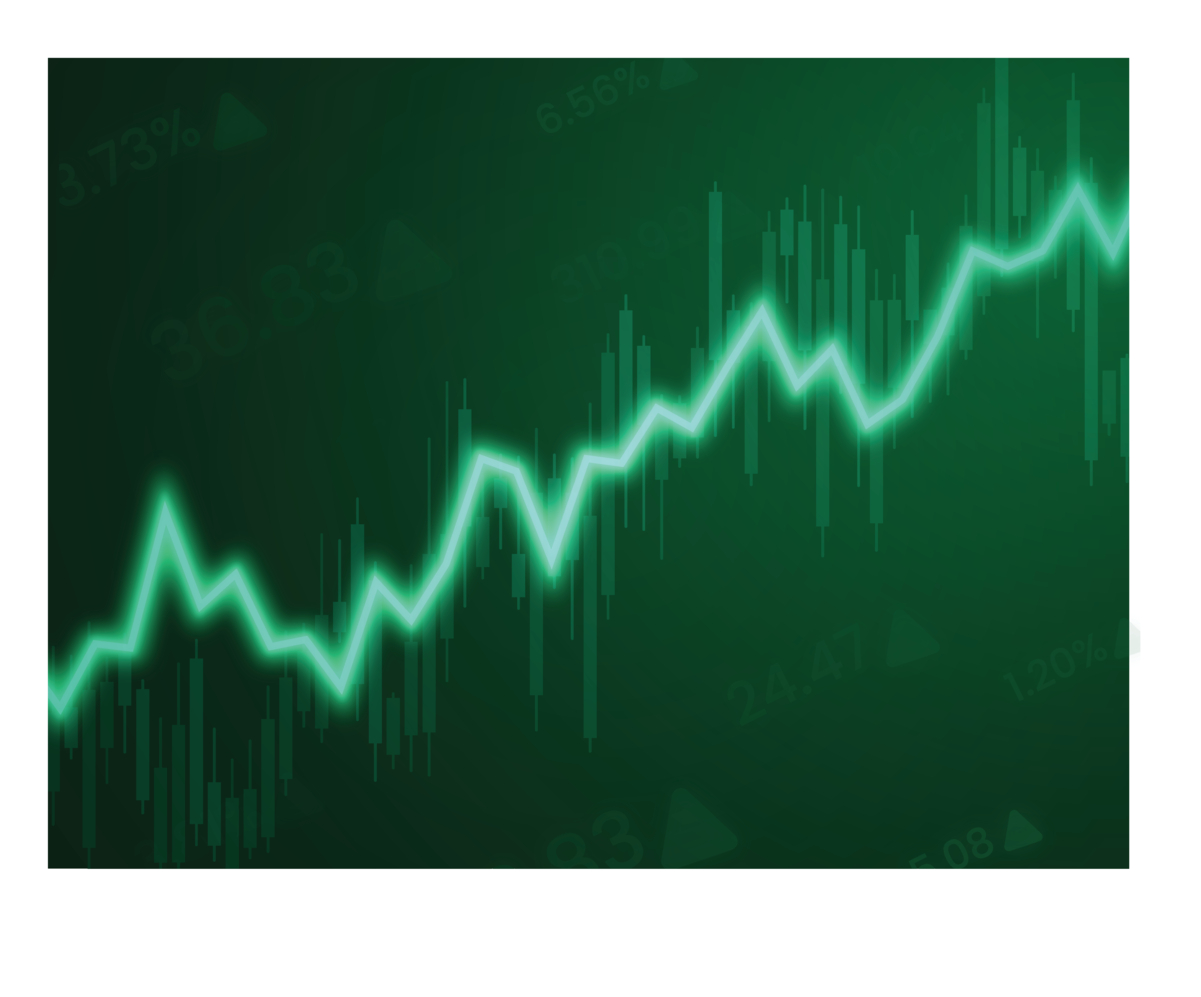Micron Technology (MU 1.00%) investors are living the good old days once again, as the stock has been on a tear over the past month, surging by 45%.
The memory specialist has managed to achieve terrific turnaround thanks to its fiscal third-quarter earnings report, which wasn't as bad as Wall Street feared. Micron also called for an improvement in memory demand later in the year, and all of these positives have combined to change the sentiment around the stock.
Goldman Sachs is the latest to join the chorus of bulls expecting Micron to go higher. Analyst Mark Delaney has upgraded the stock to buy from neutral, raising his price target to $56 from $40. However, his reasoning doesn't sound very convincing.

Image source: Getty Images.
Goldman is counting on a memory industry revival
Delaney believes that Micron stock will be driven by memory price trends, as stated in his research note: "Importantly, we believe that Micron's stock will trade more on memory pricing trends and intermediate term EPS expectations than FY20 earnings."
But a closer look at memory industry trends indicates that Micron shares could be heading lower if Delaney's thinking is correct. The analyst's thesis is possibly based on the recent improvement in memory prices following Japan's curb on chemical supplies to South Korea.
DRAMeXchange reports that manufacturers have rushed to stock up on memory chips, fearing that supplies will be disrupted if South Korean memory makers Samsung and SK Hynix fall short of raw materials. If such a thing indeed happens, Micron will be a big beneficiary, as it holds the third-largest memory market share after its Korean rivals.
Meanwhile, an accidental power outage at one of Toshiba's manufacturing facilities in Japan led to a temporary production halt, causing further supply disruption.
These events have reportedly led to a 20% jump in DRAM prices in a two-week period beginning July 5, according to DRAMeXchange. But the increase in memory prices caused by these one-off events might not last for long.
A memory industry revival isn't as easy as it sounds
The recent spike in memory prices is likely to be short-lived thanks to the already prevailing oversupply in the industry. DRAMeXchange reports that suppliers of DRAM were sitting on three months' worth of inventory heading into the third quarter of 2019.
The inventory glut has been caused by weak demand for PCs, smartphones, and data centers this year. The smartphone space is not in the best shape: Shipments fell at an alarming pace of 6.6% during the first quarter, according to IDC. Huawei was one of the bright spots in the smartphone industry, as the Chinese company's shipments increased 50% year over year.
But Huawei's smartphone sales could take a hit thanks to the sanctions it has been facing. Even though Micron found a way to resume some shipments to Huawei last quarter, it could only prove to be a short-term reprieve because the U.S.-China trade war is still raging.
Meanwhile, PC shipments fell 4.6% in the first quarter of 2019, according to Gartner's estimates. This was a result of weak consumer demand and a shortage of CPUs (central processing units).
So even if memory supply takes a short-term hit, manufacturers will probably work through the oversupplied inventory channels first before buying new memory chips. As such, Micron investors should keep in mind that the basis of the stock's current rally is not sustainable.
The company's next quarterly report is still some time away, so it is difficult to know whether the DRAM recovery has legs, or if it will fizzle once the short-term events fade away. Therefore, betting on Micron shares to rally to $56 based on an improvement in memory market conditions is not a wise thing to do, Goldman Sachs' recommendation notwithstanding.







